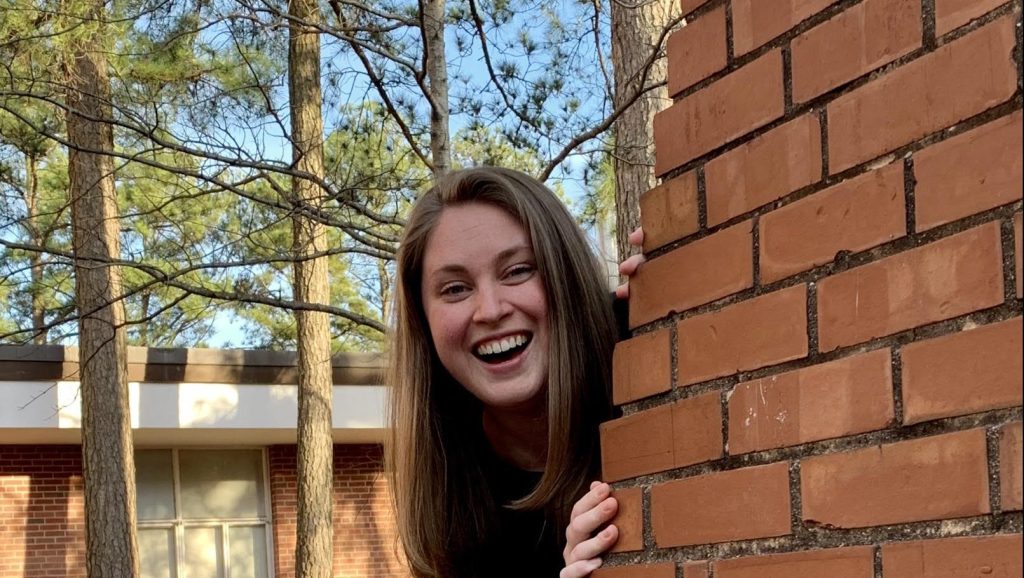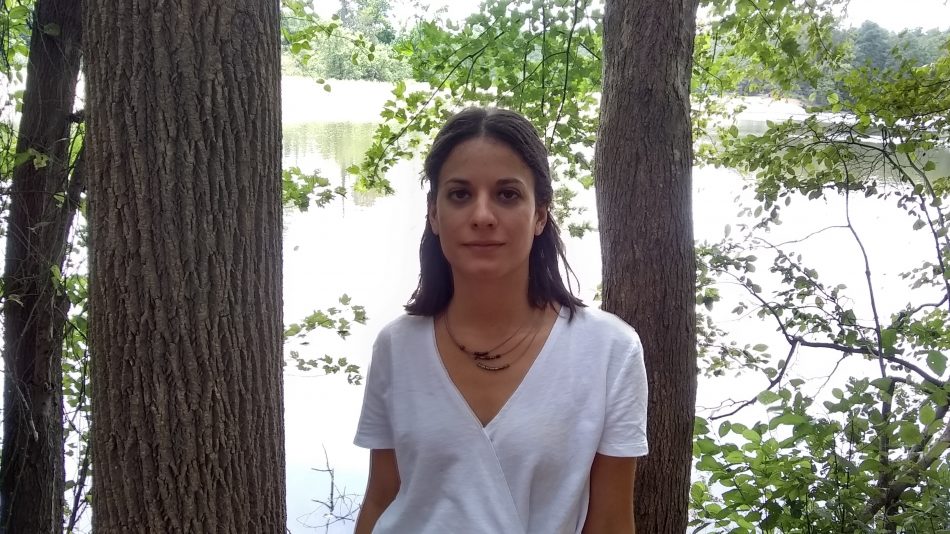Science to Action Fellowship: Former Global Change Fellows Perspectives

In mid-August, SE CASC climate science translation and communication fellows Kristen Fontana and Brittany Salmons interviewed two former Global Change Fellows (GCF) Megan Johnson and Lise Montefiore. After their time as SE CASC Global Change Fellows, both Megan and Lise applied and were accepted into the USGS CASC Science to Action Fellowship cohort where they continued their respective research projects.
The Science to Action Fellowship (S2A) promotes actionable scientific research to provide real-time solutions to climate change impacts on our environment and ecosystems. Applications open December 1 and statements of interest are due January 19, 2023 for the 2023 Fellowship year. Application guidelines can be found here.
Megan and Lise were interviewed to learn about their Science to Action Fellowships and how being a Global Change Fellow prepared them for that experience and a successful career.
Megan Johnson

Q. What current position do you hold?
A. I am currently a PhD candidate in the civil, construction, and environmental engineering department at NC State University planning to graduate in Fall 2022.
Q. What was your research under GCF?
A. I was about halfway through my degree when I became a Global Change Fellow, so I was solidly into my research on wildland fire impacts on air quality and human health. I’ve explored topics such as uncertainties in estimating smoke impacts on health, the variety of smoke modeling tools available to help plan prescribed burns, and public perception of fire and smoke. Being a Fellow helped me to further incorporate climate change into my dissertation work as I am now exploring what impacts future fire activity may have on the public and land managers under climate change.
Q. What was your research under S2A?
A. My project examines possible shifting impacts of wildland fire smoke and land management practices in the Southeast under climate change, and this was inspired in part by work done by Dr. Adam Terando and his collaborators. Using projections of future wildfires and prescribed fire activity and feedback from prescribed fire users in the Southeast, I’m modeling how smoke impacts may be altered in the region due to climate change and what this could mean for the public and land managers. I wanted to hear directly from managers to know how they will respond if faced with a reduction in opportunities to conduct burns under acceptable weather conditions, and to understand their concerns, needs and priorities. The survey is open right now for prescribed fire users in the Southeast and we’re getting a great response.
Outside of the project, the S2A Fellowship provides us great opportunities for collaboration with CASC staff and allows us to travel to work at our mentor’s CASC office. My mentor, Dr. Jeremy Littell, is a research ecologist at the Alaska CASC and I was able to visit for several weeks this spring to interact with staff at the AK CASC and the Alaska Fire Science Consortium. It was a great experience and I’ve really benefited from Dr. Littell’s guidance and expertise.
Q. How did the Global Change Fellowship prepare you for the Science to Action Fellowship and your current position?
A. During the GCF, I learned a lot about actionable science through professional development and instructional workshops. This helped me to better understand the goals of the S2A Fellowship and prepare a better application. Speaking with Lise Montefiore, who had previously gone from being a GCF to a S2A fellow, was also quite helpful. Learning more about actionable science through GCF and S2A has helped me to realize that I’d like to continue working in this space and explore how the science I do can have an impact on the ground.
Q. What advice do you have for potential S2A applicants?
A. The key word here is “action.” You are already doing the science, now you need to figure out how your research can translate into real, on-the-ground solutions. My initial proposal was heavy on the science, so I needed to step back and think more specifically of an actionable component. How can you expand your research to make it more actionable?
Lise Montefiore

Q. What current position do you hold?
A. I am a Postdoctoral researcher at NC State working with a team of researchers in Florida and North Carolina. We use modeling approaches to understand the interactive effects of a lake level management on downstream water quality. I currently work at NC State, where I analyze the data collected in Florida by my colleagues. I occasionally visit Florida to see the system I am studying and meet the team.
Q. What was your research under GCF?
A. My main research under GCF focused on developing a vulnerability framework of estuarine systems to water quality change under projected land-use and climate. I used a simple water quality model to compute projected nutrient load in estuarine systems across the United States. I also worked on a second project for which, I used satellite images to reconstruct the historical growth of the swine industry in North Carolina.
Q.What was your research under S2A?
A. Under S2A, I finished developing the vulnerability assessment of US estuarine systems to future water quality change. I also created a web-based application that displayed the results of my analysis. The web-based application aims to be used by any researchers or stakeholders and facilitates the sharing of the data.
Q. How did the Global Change Fellowship prepare you for the Science to Action Fellowship?
A. The training (i.e., through presentations and seminars) I received from the Global Change Fellowship gave me the foundational knowledge and resources on climate and adaptation science needed for the S2A Fellowship.
Q. What advice do you have for potential S2A Applicants?
A. I submitted a proposal that was a little bit too ambitious for the fellowship timeframe. I would advise prospective applicants to have a realistic timeline of tasks and think beforehand about what types of issues they may encounter in the project.
- Categories:
